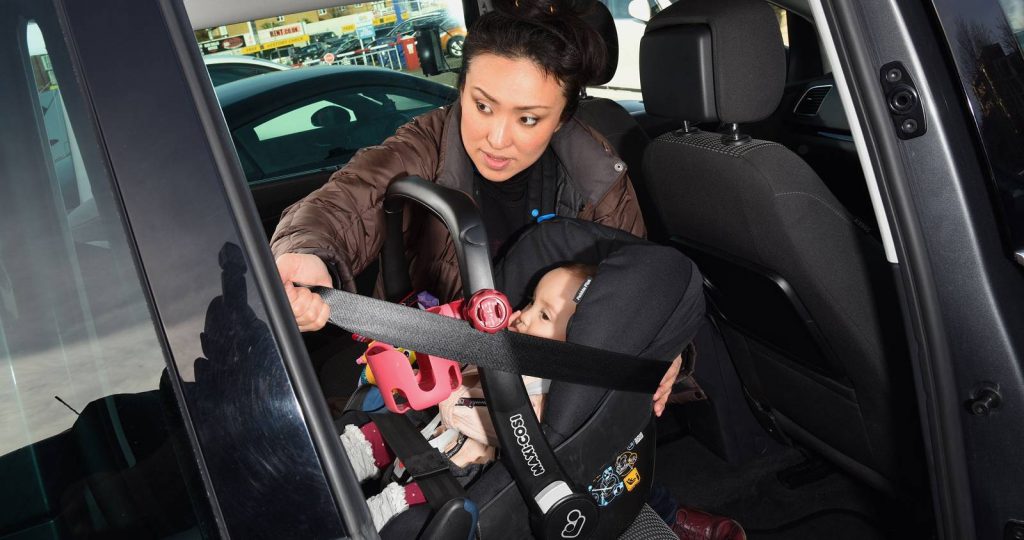If you have children, you might want to reconsider the way you transport them in your car. Don’t panic, nothing essential has changed, but the new guidelines from the American Academy of Pediatrics are aimed at making car trips safer for children.
Essentially, the main update to the AAP’s recommendations on car safety seats is that parents should choose the type of seat to use judging by their child’s size, not age.
Moreover, the organization recommends children remain in a rear-facing car safety seat as long as possible, “until they reach the highest weight or height allowed by their seat.”
Previously, the AAP’s recommendation was that children should remain rear-facing at least until they’re 2-years old. The new guidelines remove the specific age milestone, as they reflect new research on car safety for children.
Also read: Tesla Model S’ Child Trunk Seats Can Get You In Trouble With Cops
When a child uses a rear-facing seat, the head, neck and spine are all supported by the hard shell of the car safety seat, which means that it will absorb most of the crash forces and protect the most vulnerable parts of the body. When children seats are placed in the opposite direction, kids’ heads are thrown forward, increasing the risk of spine and head injuries.
Some parents look forward to going from rear-facing to forward-facing seats, but the AAP says that delaying that transition is the best course of action. Furthermore, “each transition – from rear-facing to forward-facing, from forward-facing to booster seat, and from booster seat to seat belt alone – reduces the protection to the child,” states the press release.
Parents should check car safety seats’ instruction manual and labels to find the manufacturer’s weight and height limits and should transition to the next stage only when a child is approaching one of those limits.
Most safety car seats on the market today allow children to remain rear-facing until they weigh 40 pounds (18.1 kg) or more.







